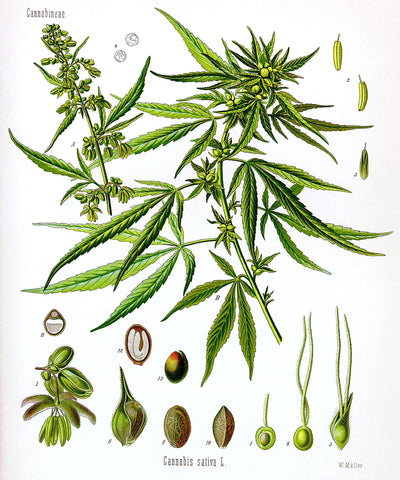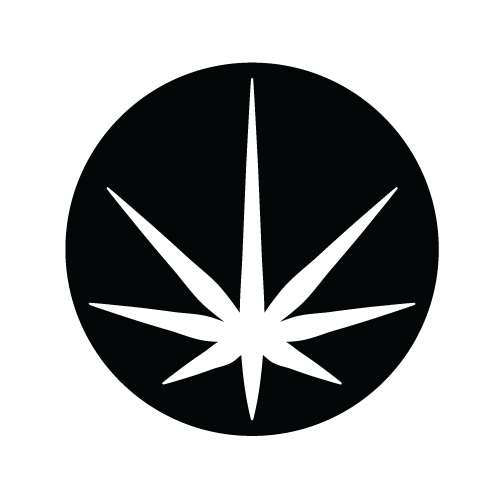ABOUT HEMP
FIBER - FUEL- FOOD - MEDICINE
25,000+ PRODUCTS CAN BE MADE FROM HEMP
Incorporating HEMP products into your life will help Sustain our Spaceship Earth

By Walther Otto Müller - From Franz Eugen Köhler's Medizinal-Pflantzen. Published and copyrighted by Gera-Untermhaus, FE Köhler in 1887 (1883–1914).
Cannabis sativa is an annual herbaceous plant in the Cannabis genus. It is a member of a small, but diverse family of flowering plants of the Cannabaceae family. It has been cultivated throughout recorded history, used as a source of industrial fibre, seed oil, food, recreation, religious and spiritual moods and medicine. Each part of the plant is harvested differently, depending on the purpose of its use. The species was first classified by Carl Linnaeus in 1753.
Hemp or industrial hemp (from Old English hænep),[1] typically found in the northern hemisphere, is a variety of the Cannabis sativa plant species that is grown specifically for the industrial uses of its derived products.[2] It is one of the fastest growing plants[3] and was one of the first plants to be spun into usable fiber 10,000 years ago.[4] It can be refined into a variety of commercial items including paper, textiles, clothing, biodegradable plastics, paint, insulation, biofuel, food, and animal feed.
Cannabis (/ˈkænəbɪs/) is a genus of flowering plant in the family Cannabaceae. The number of species within the genus is disputed. Three species may be recognized, Cannabis sativa, Cannabis indica and Cannabis ruderalis; C. ruderalis may be included within C. sativa; or all three may be treated as subspecies of a single species, C. sativa.[2][3][4][1] The genus is indigenous to central Asia and the Indian subcontinent.[5]
Cannabis has long been used for hemp fibre, for hemp oils, for medicinal purposes, and as a recreational drug. Industrial hemp products are made from cannabis plants selected to produce an abundance of fiber. To satisfy the UN Narcotics Convention, some cannabis strains have been bred to produce minimal levels of tetrahydrocannabinol (THC), the principal psychoactive constituent. Many plants have been selectively bred to produce a maximum of THC (cannabinoids), which is obtained by curing the flowers. Various compounds, including hashish and hash oil, are extracted from the plant.[6]
Globally, in 2013, 60,400 kilograms of cannabis were produced legally.[7] In 2014 there were an estimated 182.5 million cannabis users (3.8% of the population aged 15–64).[8] This percentage has not changed significantly between 1998 and 2014.[8]
Source- wikipedia.org
